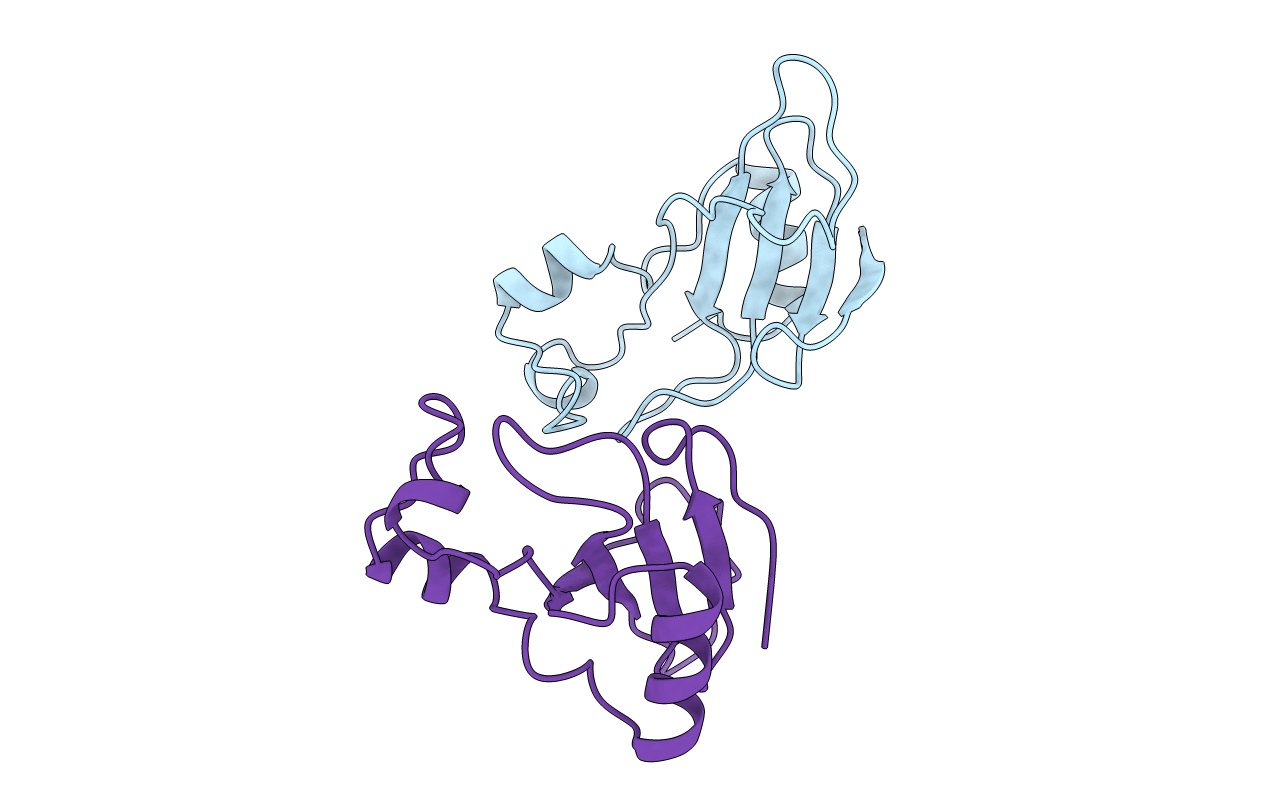
Deposition Date
1996-11-12
Release Date
1997-03-12
Last Version Date
2024-04-03
Entry Detail
Biological Source:
Source Organism:
Bacillus intermedius (Taxon ID: 1400)
Host Organism:
Method Details:
Experimental Method:
Resolution:
2.20 Å
R-Value Work:
0.17
Space Group:
P 21 21 21


